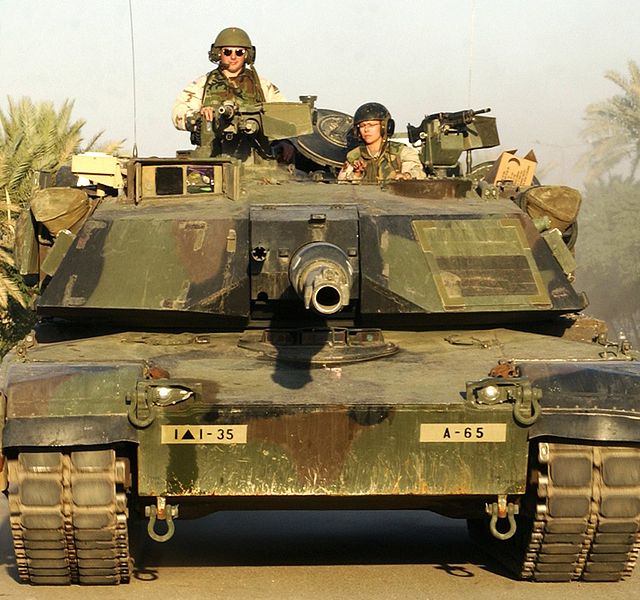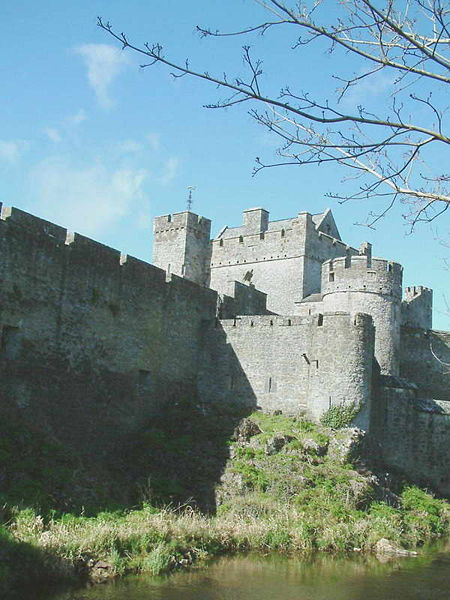 |
Mainly as a result of the increasing firepower
(such as machine guns) available to defensive forces, First World War trench
warfare briefly revived a form of siege warfare. Although siege warfare
had moved out from an urban setting because city walls had become ineffective
against modern weapons, trench warfare was nonetheless able to use many
of the techniques of siege warfare in its prosecution (sapping, mining,
barrage and, of course, attrition) but on a much larger scale and on a
greatly extended front.
More traditional sieges of fortifications took place in addition to trench sieges. The Siege of Tsingtao was one of the first major sieges of the war, but the inability for significant resupply of the German garrison made it a relatively one-sided battle. The Germans and the crew of an Austro-Hungarian protected cruiser put up a hopeless defense and after holding out for more than a week surrendered to the Japanese, forcing the German East Asia Squadron to steam towards South America for a new coal source. The other major siege outside Europe during the First World War was in Mesopotamia, at the Siege of Kut. After a failed attempt to move on Baghdad, stopped by the Ottomans at the bloody Battle of Ctesiphon, the British and their large contingent of Indian sepoy soldiers were forced to retreat to Kut, where the Ottomans under German General Baron Colmar von der Goltz laid siege. The British attempts to resupply the force via the Tigris river failed, and rationing was complicated by the refusal of many Indian troops to eat cattle products. By the time the garrison fell on 29 April 1916, starvation was rampant. Conditions did not improve greatly under Turkish imprisonment. Along with the Battle of Tanga, the Battle of Sandfontein, the Battle of Gallipoli and the Battle of Namakura, it would be one of Britain's numerous embarrassing colonial defeats of the war. |
|
|
|
| Attack includes the capability to compel the
attacked to fight; defend implies only successful resistance but no ability
to force action. This is also assuming that the fight is on a flat surface,
like on a plain.
The ability of the cavalry to dismount modifies the diagram. When the heavy cavalry dismounted it became heavy infantry, and confirmed the generalizations that the man on foot is superior to the mounted man and that the defensive is stronger when the same weapon systems confront one another. Light cavalry could gain comparable advantages by dismounting, and in each case the dismounted cavalry in the defense could easily take advantage of terrain or artificial obstacles, something more difficult to do mounted. Medieval soldiers grasped and often exploited the value of dismounting heavy cavalry but, lacking light cavalry, could never make use of this transformation. They did occasionally mount bowmen, giving them the strategic mobility of the light cavalry. They more rarely resorted to a similar mounting of heavy infantry, probably because of their ample supply of heavy cavalry. It would have been a far more economical solution to have mounted heavy infantry on nags if knights had customarily fought on foot. It would have saved the considerable cost of a robust war horse and the expensive, but unused, skill in fighting mounted. |
 |
|
|
|
|
|